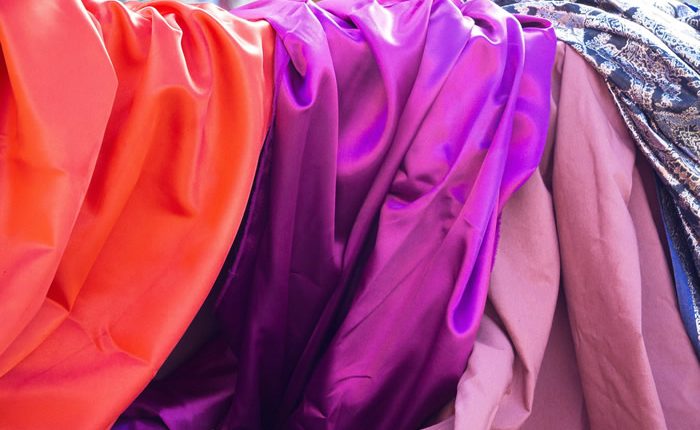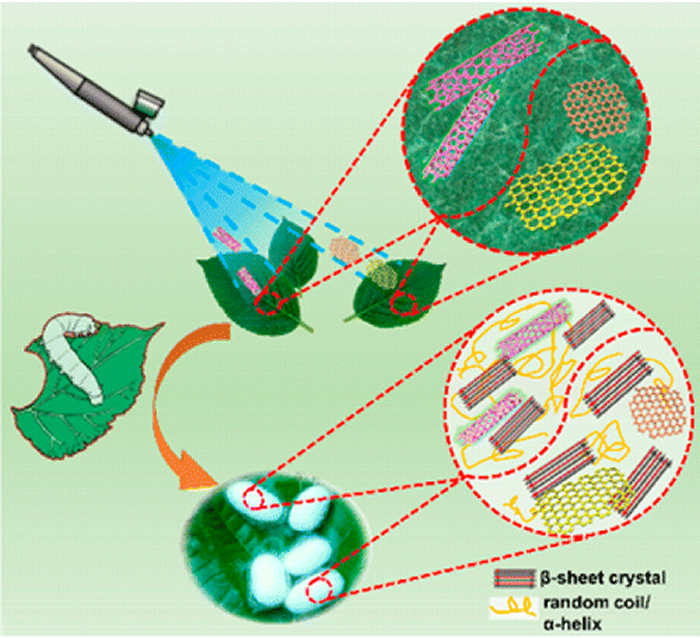Stronger silk produced by feeding silkworms graphene
A team of researchers at Tsinghua University in China has found that adding graphene or carbon nanotubes to the food eaten by silkworms causes them to produce silk that is stronger than normal. In their paper published in Nanoletters, the team describes the approach they took and what was revealed when they tested the new kind of silk.
Silk is highly prized both for its silky smooth texture and strength—it is produced by silkworms which are actually silk moth larvae. They make the silk by spinning threads from proteins in their salivary glands. Over the past several years researchers have attempted to make improved or exotic silks by adding dyes, nanoparticles, conductive plastics or even antibiotics—either by treating the product after production by the silkworms or by feeding it to them. In this new effort, the researchers sought to add new properties to silk by adding carbon nanotubes and graphene to their diet.
To add the materials, the researchers sprayed a water solution containing .2% carbon nanotubes or graphene onto mulberry leaves and then fed the leaves to the silkworms. They then allowed the silkworms to make their silk in the normal way. Testing of the silks that were produced showed they could withstand approximately 50% more stress than traditional silk. A closer look showed that the new silk was made of a more orderly crystal structure than normal silk. And taking their experiments one step further, the researchers cooked the new silk at 1,050°C causing it to be carbonized—that caused the silk to conduct electricity.
Taken together, the new attributes suggest that new products such as more protective fabrics, stronger medical implants and perhaps even clothes with embedded electronics could be made from the new silk. Before that happens, more work will need to be done. The researchers did not uncover how the silkworms actually incorporated the nanotubes or graphene into the silks they made, for example. They also did not report how much of the materials were actually present in the silk that was produced. Also, it is not clear if the addition of the materials caused any adverse impact to the valuable silkworms. The researchers suggest biologists might take a look at the silkworms to find answers to such questions.
More information: Phys.org



Comments are closed, but trackbacks and pingbacks are open.